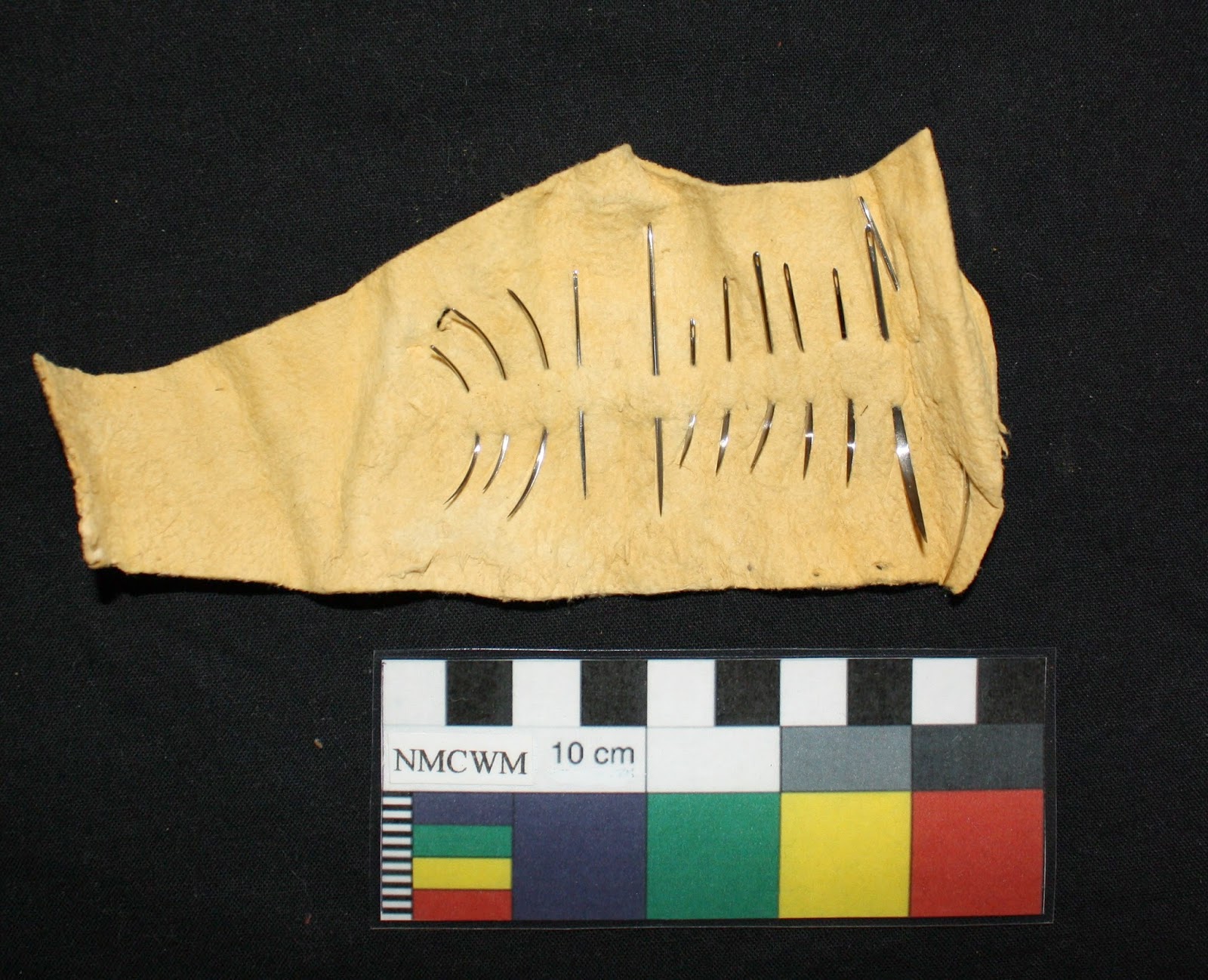Though my job does focus on caring for and displaying artifacts, not all of the
displays at my museum contain artifacts. One of the newer displays at the
National Museum of Civil War Medicine is a video display titled, “Faces of
Civil War Medicine.” It features images and descriptions of people who
have an association with Civil War medicine. Of course this includes the
surgeons and assistant surgeons, but it also covers nurses, hospital stewards,
ambulance drivers, wounded soldiers, and even some civilians. As the
title of the display implies, it allows our visitors to see some of the actual
faces of the people involved in the story of Civil War medicine. It’s
much more compelling to be able to see the human side of any story.
 |
| The Faces of Civil War Medicine is one of the first displays visitors see at the museum! |
Here are just a few of the faces in our display:
Colonel Barnum was wounded in July 1862. The wound through his side had
passed through his hip bone and was considered fatal. He was left in a
field hospital where he was taken prisoner, then exchanged within a
month. Barnum led his unit at Gettysburg while still recovering, and later
received two more wounds. The first wound never fully healed, although he
was in comparatively good health. He died of pneumonia.
Private
Bemis was wounded three times during the war; his left arm was fractured by a
musket ball in 1862; he received a severe abdominal wound in 1864; and his
skull was fractured in 1865. Part of the temporal bone lodged in his
brain and was removed, but the wound healed and his mental facilities were not
impaired. His death at age 59 was "cerebral degeneration as a result
of gunshot wounds during the Civil War."
After military service in the Mexican War, Jackson became an instructor at the
Virginia Military Academy. He joined the Confederate Army in April
1861. He was seriously wounded at Chancellorsville in May 1863 when
accidentally shot by Confederate troops, and his left arm was amputated near
the shoulder. He was recovering from the amputation when he developed
pneumonia and died on May 10.
John Lynch apparently claimed to be 19 years old when he enlisted at the age of
16. Though he was hospitalized for a hernia at one point, unlike many of the other
young soldiers Lynch did not suffer debilitating health issues which would
have limited his usefulness as a soldier. Rather, he served throughout the war,
enlisting twice, and being promoted to sergeant - also twice, since he had been
reduced in rank for disobeying orders in 1864. He is also my favorite
face in the display since he is my great-great-great-grandfather!
Albert Johnston graduated from West Point in 1826 and served in the U.S. Army
before joining the Confederate Army at the start of the war. At the
battle of Shiloh he was hit in the knee by a rifle bullet. The wound bled
profusely, and while non-medical people attended to him, he bled to
death. Tragically, Johnston had a tourniquet in his pocket which could
have saved his life had it been used.
These are just a few of the faces and their stories in our display.
If you get the chance, come visit the museum to see the rest of them!

















